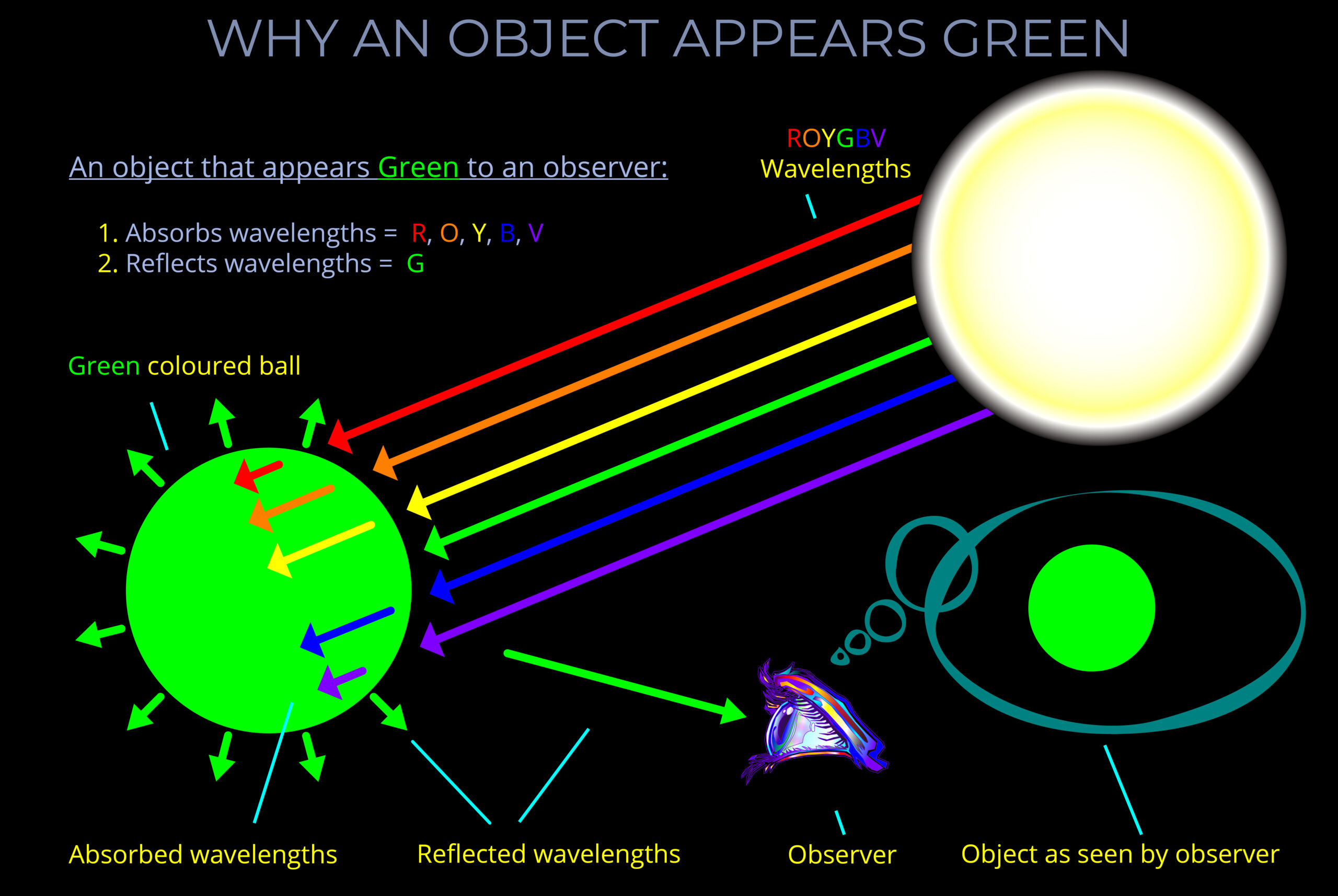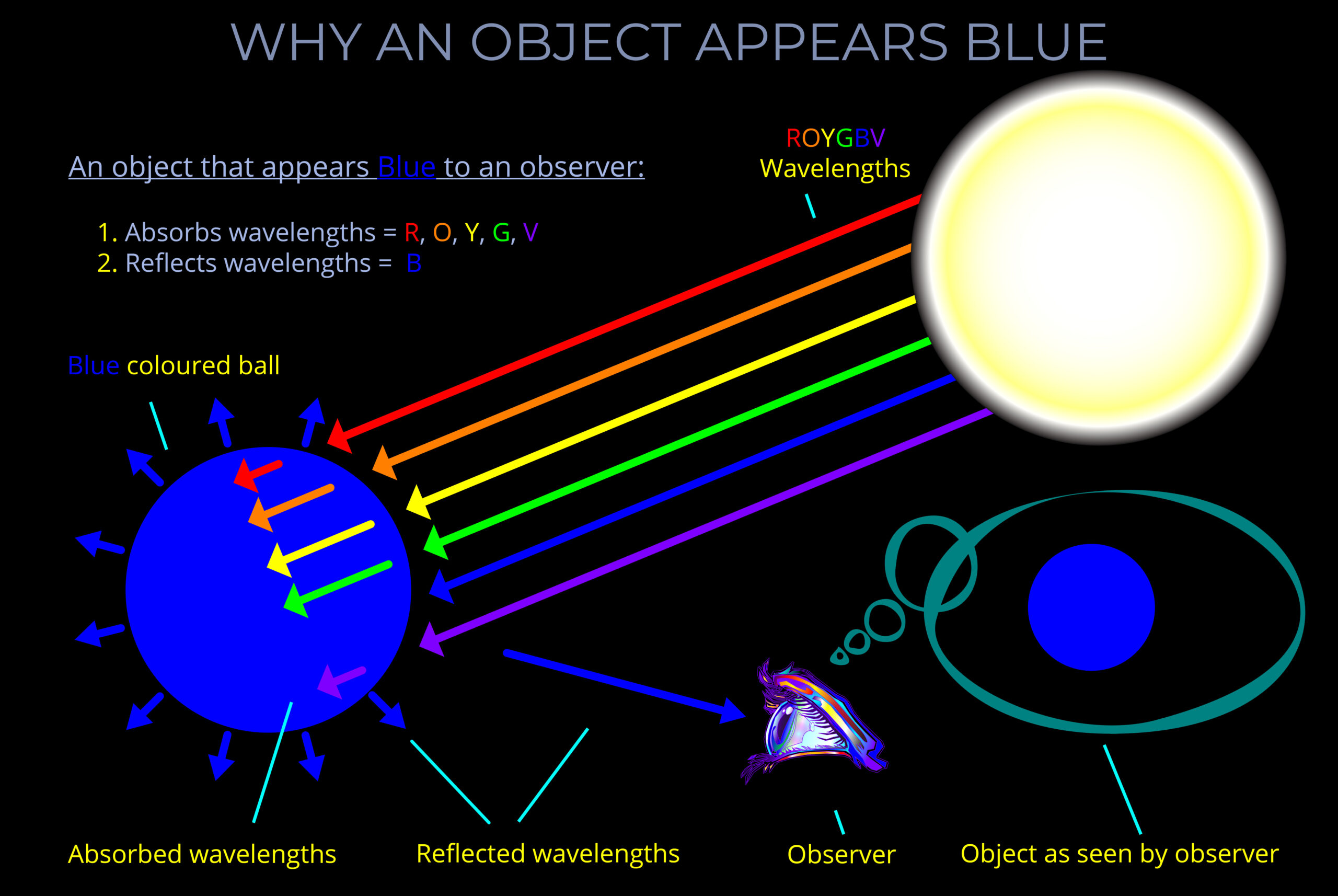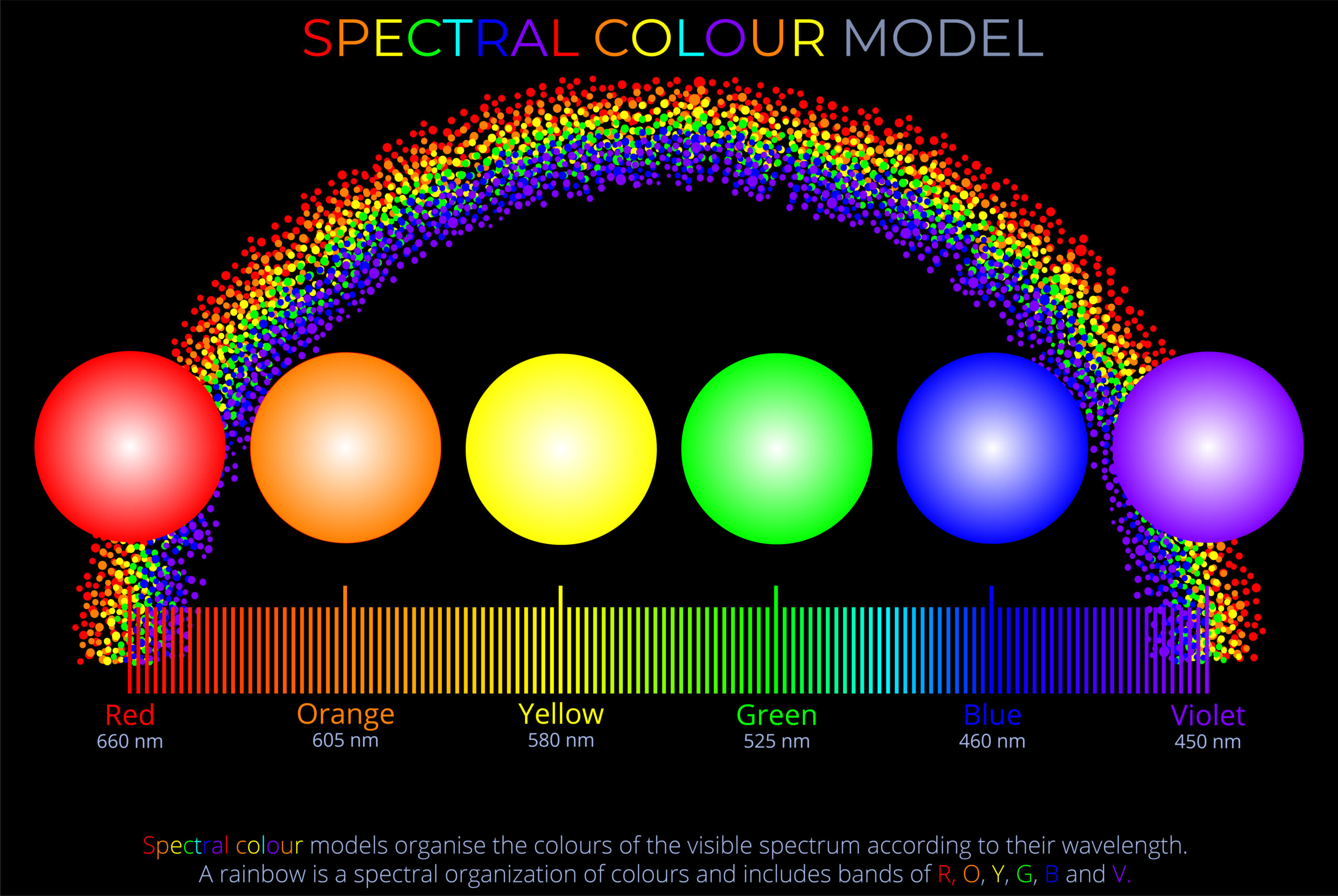Illumination (lighting) is the deliberate use of light to achieve a practical, aesthetic or physiological effect.
- Illumination can be provided through artificial light sources such as lamps and light fixtures, or natural illumination by capturing daylight.
- Daylighting, which involves the use of windows, skylights or light shelves, is sometimes used as the main source of light during daytime in buildings.
- Specialized forms of artificial lighting have been developed to suit every possible situation and purpose where natural light is not available, such as in underground spaces or during nighttime.
- The colour temperature of light can affect how colours appear to an observer. Lighting producing a colour temperature below 4000K produces the impression of warmer colours. Lighting producing a colour temperature above 5000K produces the impression of cooler colours.
- Colour temperature is measured in Kelvin (K) – the lower the number, the warmer the white light appears, while a higher Kelvin will appear cooler. Colour temperature generally ranges from 2700-3300K (warm) to 3300-5300 (cool) – and 6500K is daylight.



